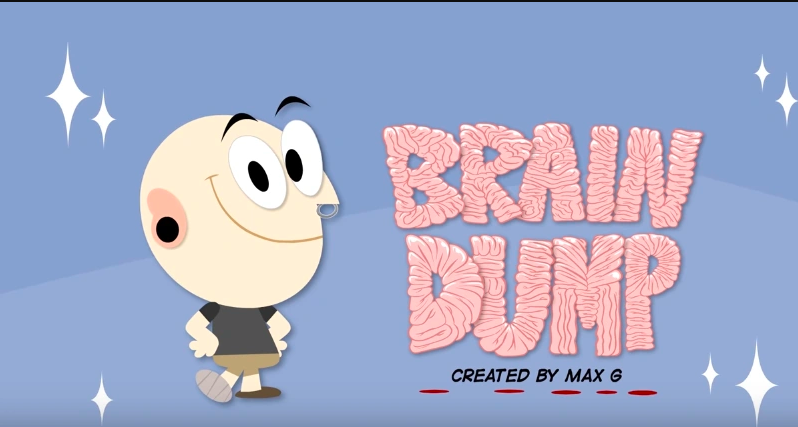
Understanding Braindumps: What They Are and How They Work
In the realm of education and examination preparation, the term “braindump” frequently surfaces, often sparking debate among educators, students, and professionals alike. While the term may carry negative connotations, especially in formal academic settings, it also reflects a common phenomenon in learning and knowledge retention. This article will explore what braindumps are, their mechanisms, their uses, and the ethical considerations surrounding them.
What is a Braindump?
A braindump can be defined as the act of transferring knowledge from one’s mind to an external medium, often in a rapid and unstructured manner. This can include jotting down notes, writing summaries, or even discussing topics with peers. The term is commonly associated with exam preparation, particularly in the context of high-stakes testing, where individuals attempt to recall and share information they believe will be beneficial for their peers.
Braindumps can also refer to collections of questions and answers from previous exams, compiled by individuals who have taken the tests. These compilations are often shared online and can be found in various forums and study groups. While these braindumps can provide valuable insights into the types of questions that may appear on an exam, they raise significant ethical concerns.
How Braindumps Work
The process of creating a braindump can be broken down into several key steps:
1. Information Recall
The first step in a braindump involves recalling information. This might occur after an intensive study session or immediately following an exam. Individuals attempt to capture as much relevant knowledge as possible, relying on their memory and understanding of the material.
2. Externalization
Once the information is recalled, the next step is externalization. This can take various forms, such as writing down notes, creating flashcards, or participating in discussions with peers. The aim is to get the information out of the mind and into a format that can be reviewed and shared.
3. Organization
After externalization, individuals often organize the information. This can involve categorizing topics, highlighting key points, or creating structured outlines. The organization is crucial for effective study and understanding, making it easier to navigate the material during revision.
4. Sharing and Collaboration
Braindumps are often shared among students or professionals preparing for the same examination or certification. Online platforms, study groups, and social media are common avenues for this sharing. Collaborative efforts can enhance understanding, as different perspectives and insights are incorporated into the learning process.
Read also: Lupu Wellness: Unlocking a Healthier, Happier Life
Uses of Braindumps
Exam Preparation
One of the primary uses of braindumps is exam preparation. Students often use them to review key concepts, especially in fields like IT certifications, where practical knowledge and theoretical understanding are critical. Braindumps can help identify gaps in knowledge and highlight areas that require further study.
Collaborative Learning
Braindumps foster collaborative learning environments. When individuals share their insights and understanding, they can benefit from each other’s knowledge. This collective approach can lead to deeper understanding and retention of material.
Resource for Quick Review
Braindumps can serve as a quick reference guide for those needing a refresher on specific topics. The structured format often allows for efficient revision, especially as exams approach.
Ethical Considerations
While braindumps can be beneficial, they also present several ethical concerns, particularly in academic and professional contexts.
1. Academic Integrity
One of the most pressing issues surrounding braindumps is the potential for academic dishonesty. When students share or use braindumps that contain actual exam questions, they may be violating academic integrity policies. This can lead to severe consequences, including failing grades or expulsion.
2. Misleading Information
Braindumps may not always accurately reflect the content or difficulty of actual exams. Relying solely on these resources can mislead students and result in inadequate preparation. It’s essential for learners to use braindumps as supplementary materials rather than primary study sources.
3. Intellectual Property Concerns
In professional settings, braindumps often involve sharing proprietary information from companies or organizations. This raises legal and ethical questions regarding intellectual property rights and confidentiality. Sharing such information without authorization can have serious repercussions.
4. Impact on Learning
Relying too heavily on braindumps may undermine the learning process. Students may prioritize memorization over true understanding, leading to a shallow grasp of material. A balanced approach that incorporates braindumps alongside traditional study methods is vital for comprehensive learning.
Conclusion
Understanding braindumps requires a nuanced perspective that recognizes their potential benefits and the ethical implications surrounding their use. While they can serve as valuable tools for exam preparation and collaborative learning, individuals must approach them with caution. A commitment to academic integrity and a focus on genuine understanding of the material are essential for effective learning. By striking a balance between utilizing braindumps and engaging in comprehensive study practices, learners can enhance their knowledge retention and achieve their academic and professional goals.




